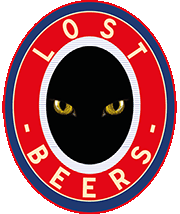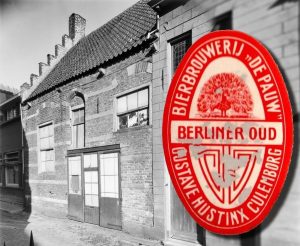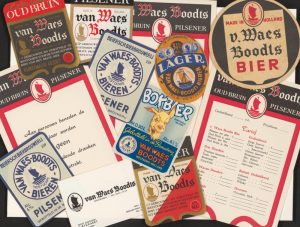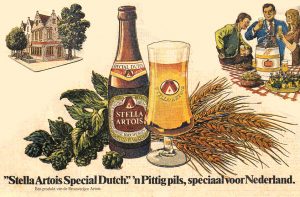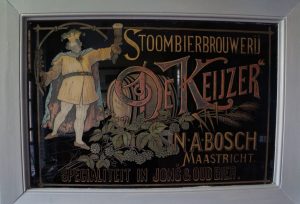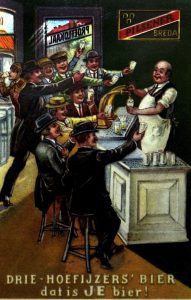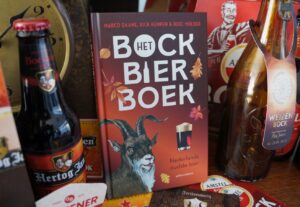 A typical beer tradition of the Netherlands: bock beer. This dark, malty and slightly sweet brew, usually about 6,5 to 7,5% ABV, is released every year in autumn. When the leaves start falling, head out through mist and rain to your bottle shop or local pub for this seasonal delight. There was a time, not long ago, that every Dutch brewer was making it, and though today the tradition is slightly obscured by all the other beer events going on in Holland (collabs, tap take-overs, barrel aged editions…), there still are lots of bock beer festivals that attract enormous crowds. That’s why a new book has hit the stores: Het Bockbierboek, ‘The Bock beer book’. In it, beer writers Marco Daane, Rick Kempen and I describe past, present and future of Dutch bock beer (in Dutch). To summarise its contents here would lead a bit far, but let’s have a look at these two questions: how old is the Dutch bock beer tradition? And was it always an autumn beer?
A typical beer tradition of the Netherlands: bock beer. This dark, malty and slightly sweet brew, usually about 6,5 to 7,5% ABV, is released every year in autumn. When the leaves start falling, head out through mist and rain to your bottle shop or local pub for this seasonal delight. There was a time, not long ago, that every Dutch brewer was making it, and though today the tradition is slightly obscured by all the other beer events going on in Holland (collabs, tap take-overs, barrel aged editions…), there still are lots of bock beer festivals that attract enormous crowds. That’s why a new book has hit the stores: Het Bockbierboek, ‘The Bock beer book’. In it, beer writers Marco Daane, Rick Kempen and I describe past, present and future of Dutch bock beer (in Dutch). To summarise its contents here would lead a bit far, but let’s have a look at these two questions: how old is the Dutch bock beer tradition? And was it always an autumn beer?
(more…)
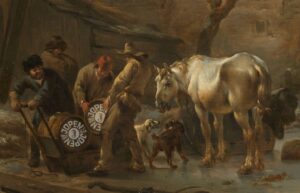 Congratulations to Jopen in 2014: it was exactly thirty years ago that this brewery released its first beer, and the taps are still running, in their home town Haarlem. An occasion to celebrate! However, where does that name ‘Jopen’ come from? From the Medieval 112 litre barrels in which Haarlem beer was shipped, as the story goes. So let’s fact check that. (more…)
Congratulations to Jopen in 2014: it was exactly thirty years ago that this brewery released its first beer, and the taps are still running, in their home town Haarlem. An occasion to celebrate! However, where does that name ‘Jopen’ come from? From the Medieval 112 litre barrels in which Haarlem beer was shipped, as the story goes. So let’s fact check that. (more…)